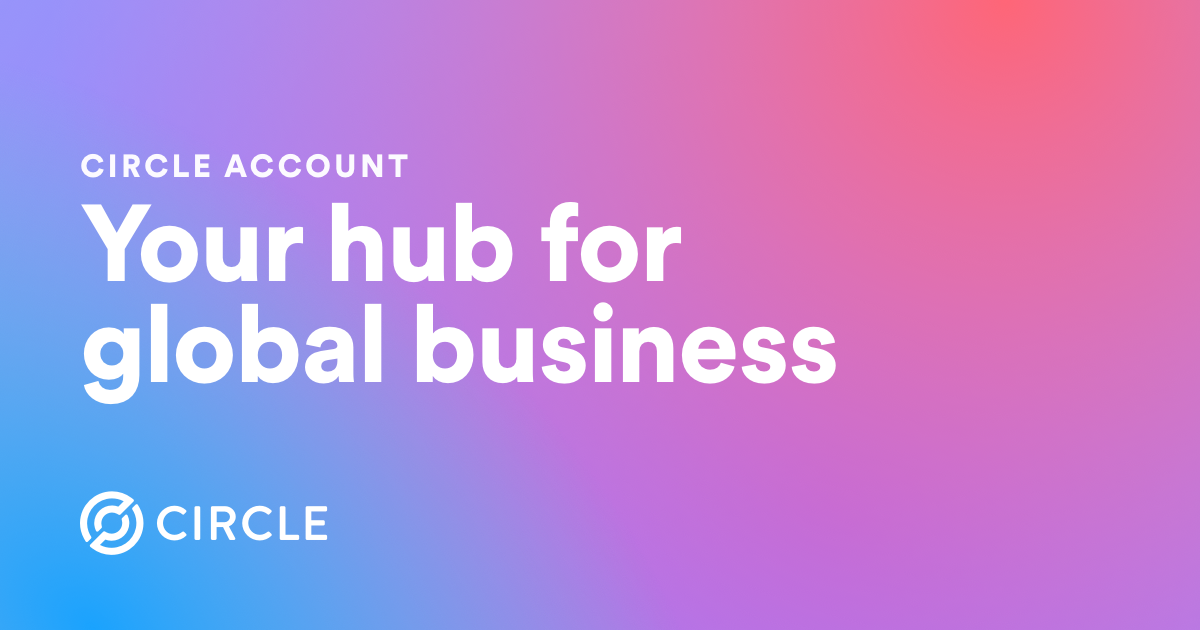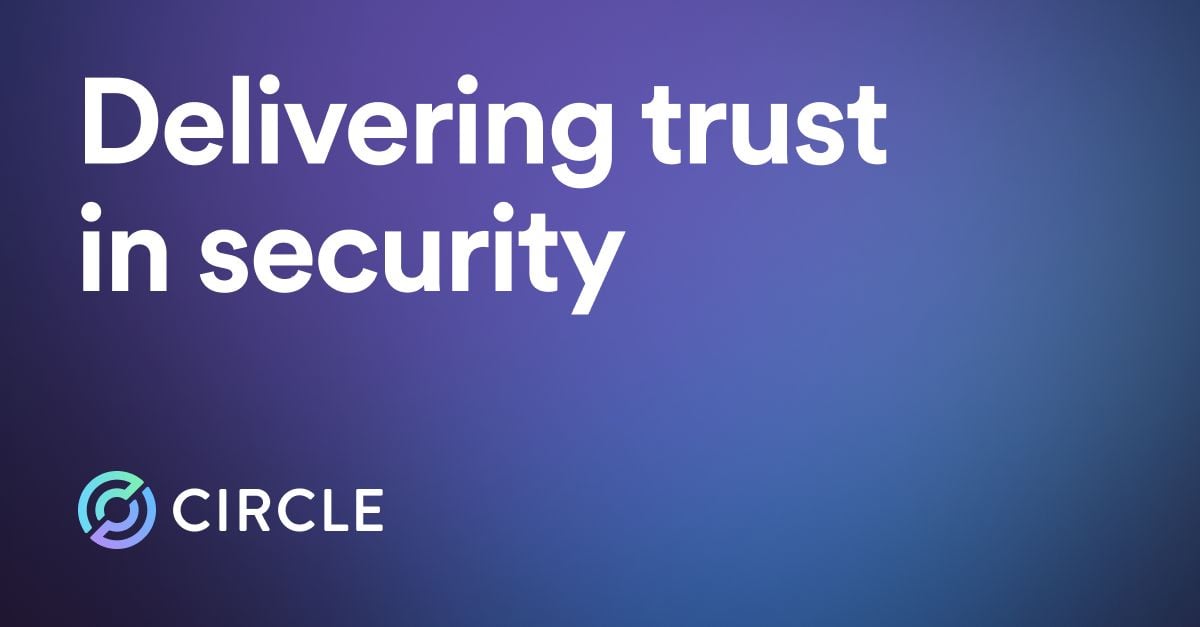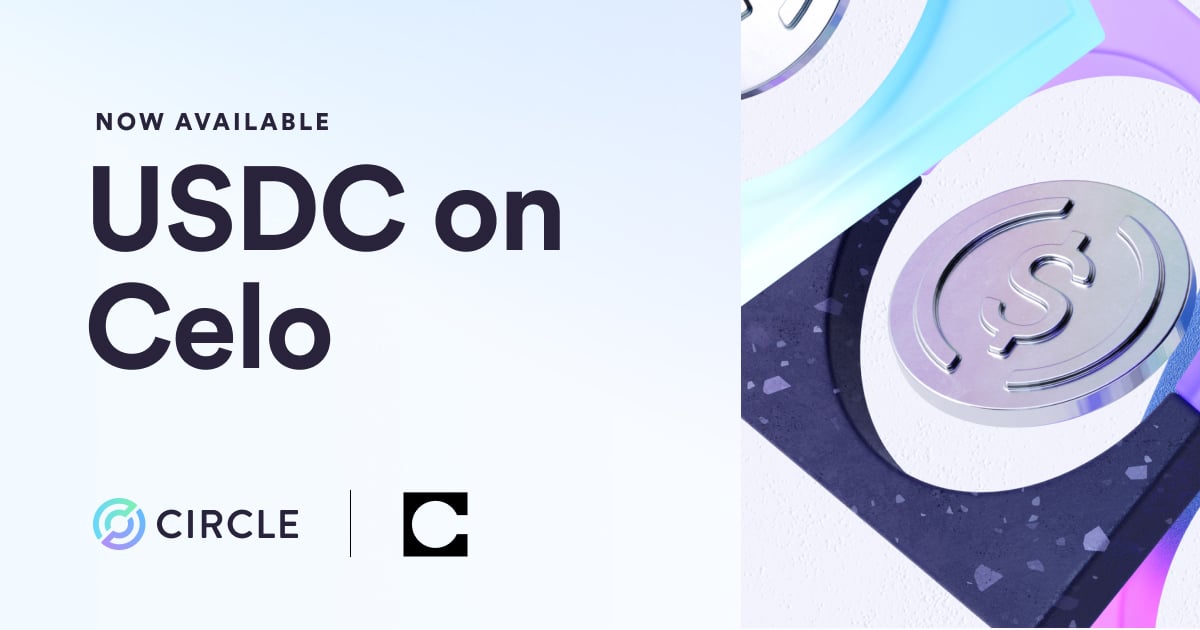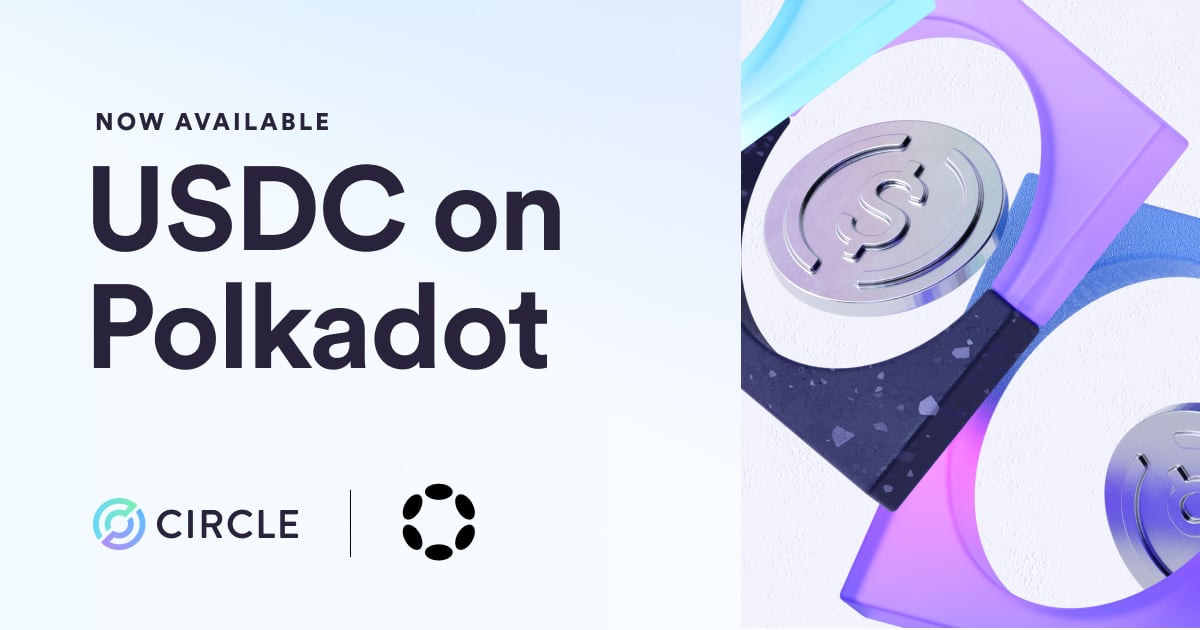The internet began in 1969 as a government project called ARPANET to allow for researchers to share information. It would take more than two decades for the first web browser to launch, making the internet commercially available to anyone with a computer and ushering in the era of Web 1.0.
From there, entrepreneurs built on top of the foundation of the internet and transformed it into something that’s radically changed how we live our lives. What started out as a research project is now a mainstream utility for over 4.66 billion people across the globe.
Origins of blockchain technology
Similar to the origin of the internet, blockchain technology also started out as a project amongst a small group of people. While the purpose of Satashi Nakamoto’s whitepaper was to outline a cryptographically secure, trustless, peer-to-peer payment system, it also laid the foundation for other entrepreneurs to evolve blockchain technology as a whole and turn it into a transformative industry of its own.
Blockchain technology is a radical transformation, the kind that many believe we haven’t seen since the launch of the internet. Over the last few years, there has been tremendous innovation in the industry with development of different chains such as Ethereum, Solana, Algorand, or Stellar; these chains have served as the building blocks on top of which industries like DeFi have developed. With the proliferation in projects being built on-top of these different chains, the popularity and adoption rate of blockchain is the highest it has ever been.
For blockchain to achieve its true potential of providing a decentralized peer-to-peer system of information exchange, however, the industry as a whole needs to become more inviting to the average consumer.
We are currently in the midst of that happening with the skyrocketing popularity of NFTs.
The rising popularity of NFTs and NFT marketplaces
An analytics company, NonFungible, released a report in which they predicted that 2021 would be a “new Bull Market in the NFT industry.” This explosion in popularity of NFTs has brought forth another pivotal moment in the evolution of the blockchain industry and its mainstream adoption.
More people are ready to get their hands on the latest NBA Top Shot moment or buy the next Kings of Leon album which was offered as an NFT.
This momentum that NFTs and NFT marketplaces are experiencing, however, is at risk of slowing down if the experience of buying and selling NFTs remains intimidating to those outside the crypto ecosystem. Which, as par for course, presents a significant opportunity for those that make the experience of buying and selling NFTs simpler for those outside of the crypto ecosystem.
Most consumers don’t know how crypto works and the process can be intimidating, possibly resulting in attrition. How many of these consumers will click to buy something and complete a checkout process that requires them to have a crypto wallet with an eth balance? Chances are not many because many of these consumers don’t have a crypto wallet, let alone know what eth is.
Amazon has set the bar for the standard online checkout experience. It’s what consumers expect to see across the web now whenever purchasing anything. And for good reason, it’s simple to use and effective in increasing online purchases.
NFT marketplaces need to offer a consumer experience that matches their experience buying something on Amazon or eBay where they click the checkout button and enter in their credit card information. In not doing so, they’re essentially adding friction to the customer experience.
Building experiences for mainstream adoption
Wouldn’t it be counterintuitive to build products in a way that made it difficult to on-board non-crypto users?
Dapper Labs is a great point of reference for what a seamless experience should be like for NFT marketplaces. NBA Top Shot, which is still in beta, has generated over $250M in sales in the past 30 days — that’s almost how much collectors spent on NFTs in all of 2020. While there are many reasons behind their success, the simplicity of their purchase experience is definitely one of them.
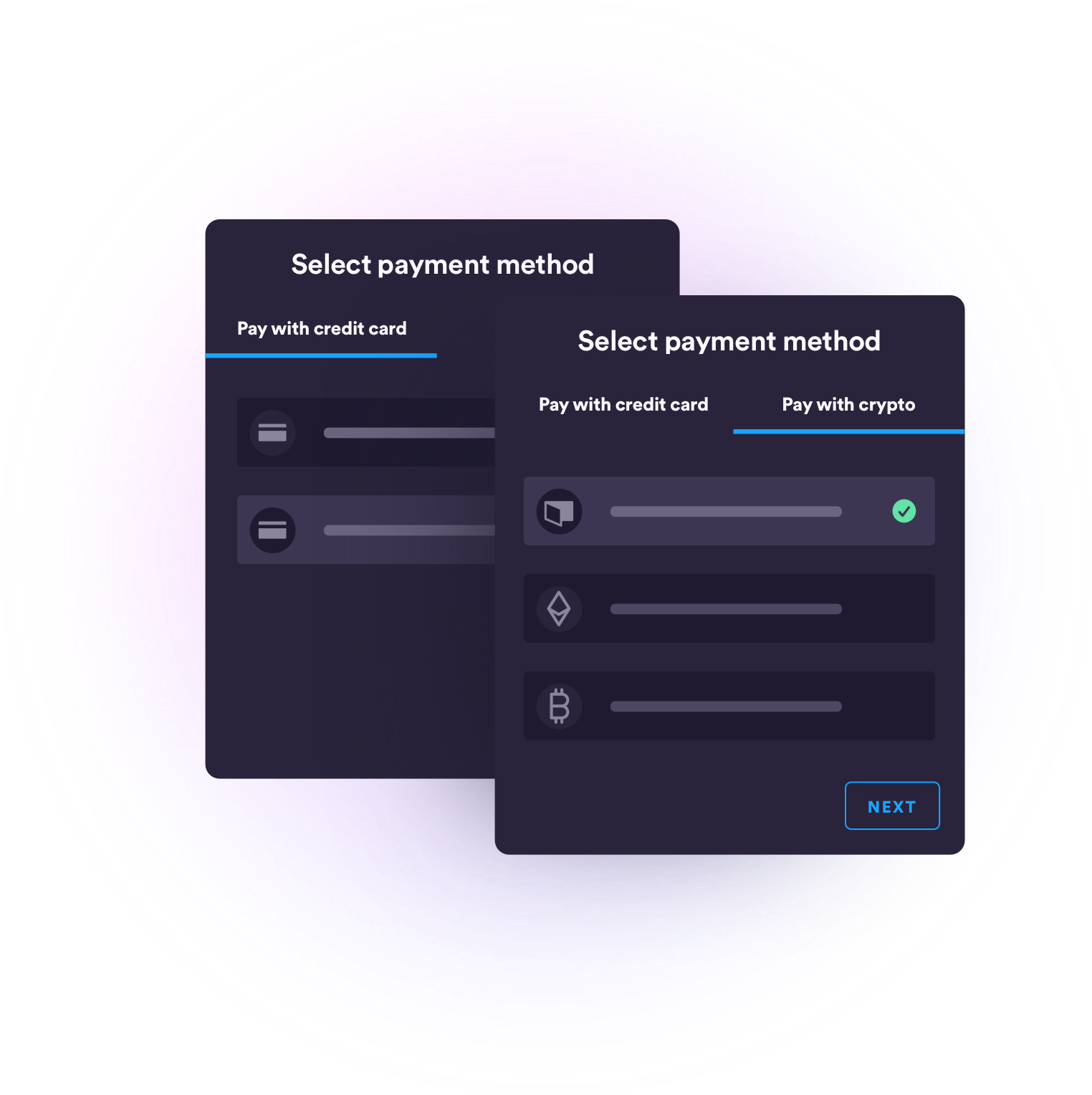
Circle supports Dapper Labs as well as myriad other crypto-native businesses with a fiat on- and off-ramp, powered by USDC, the world’s fastest growing stablecoin. With Circle APIs, NFT marketplaces can make buying and selling NFTs simple: offering both crypto and fiat payment options with a variety of rails including credit cards, wires and ACH. They can abstract crypto entirely to the extent that they want to, or allow users to pay with crypto and traditional methods alike. Finally, they can program payouts as-needed, supporting both buyers and creators on their platforms.
For NFTs and blockchain to truly become mainstream, the end experience for users needs to be similar to that of the existing products they use. When they pay for a Spotify subscription, they expect to consume any available content on the platform instantaneously. Similarly, when they want to buy the next Kings of Leon album as an NFT, they should be able to pull out their credit card and buy it, without having to think about what an NFT is, why the tokenization of content gives artists more control — that is, unless they want to.
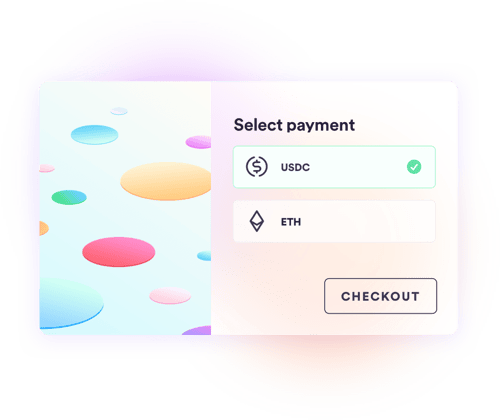
“Simple can be harder than complex: you have to work hard to get your thinking clean to make it simple. But it’s worth it in the end because once you get there, you can move mountains.”
—Steve Jobs
